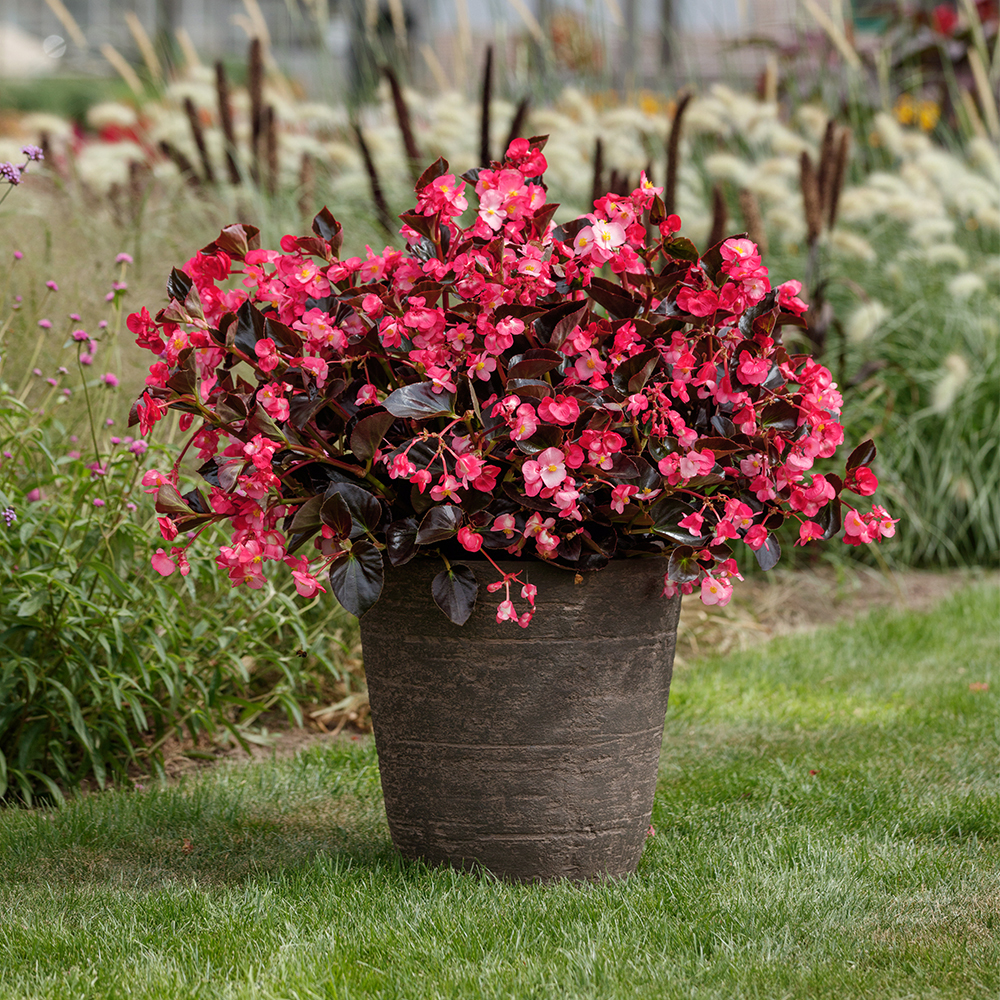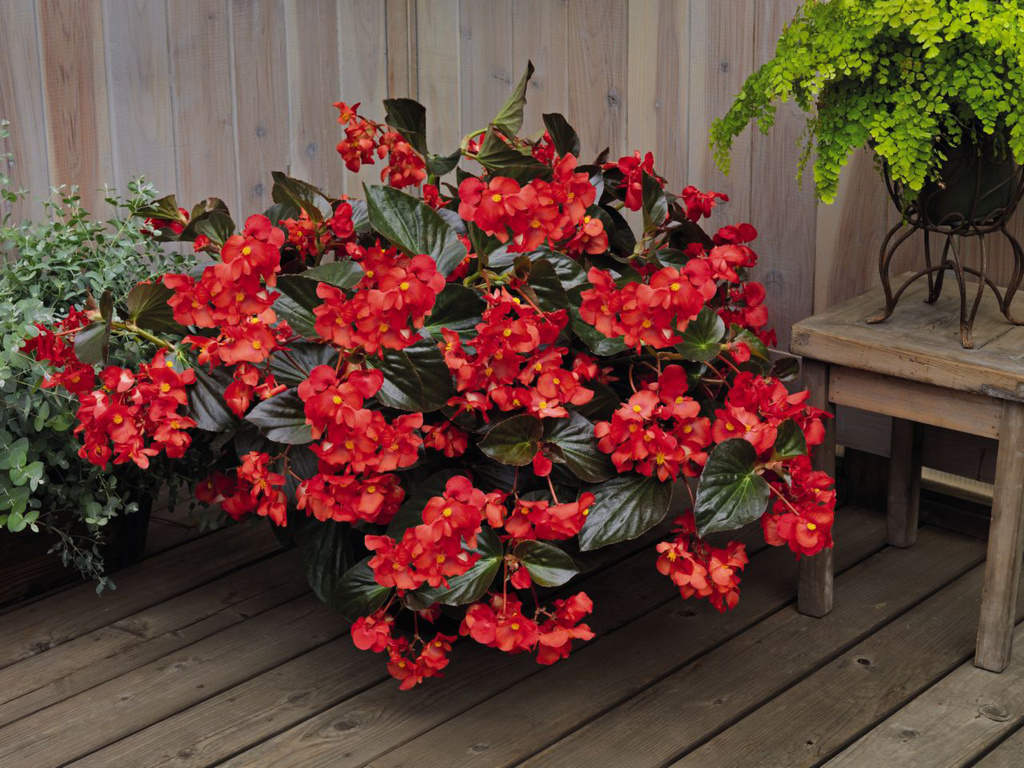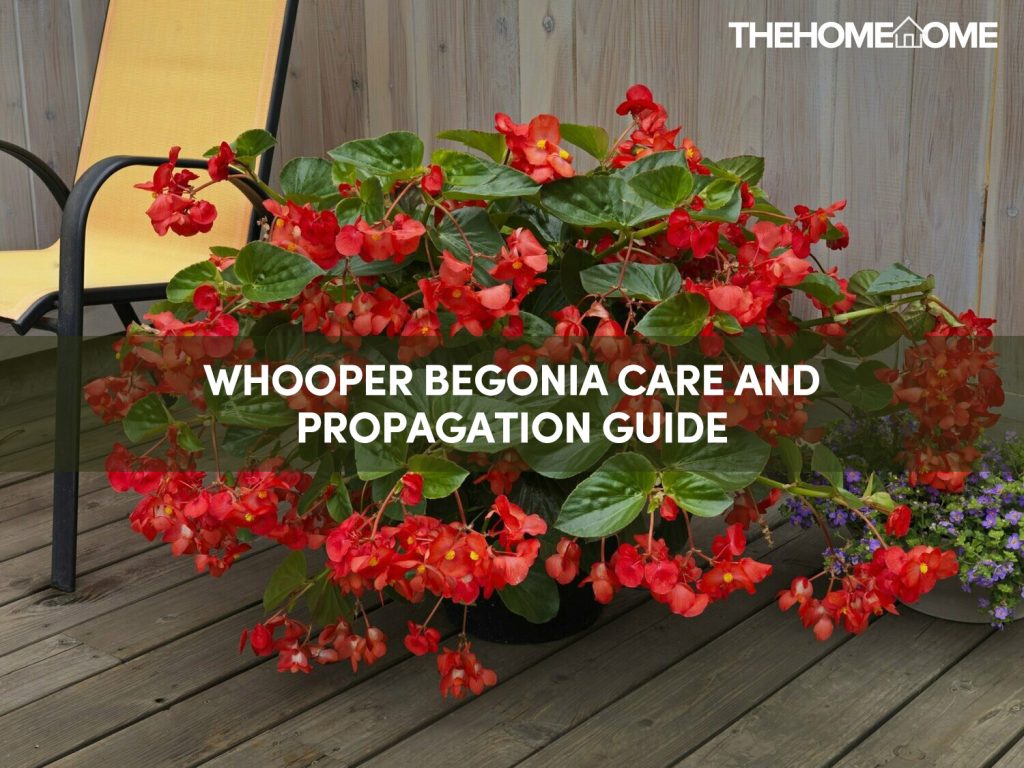In the gardener’s collection, this is one of his favorite plants. It is a single plant with over 1800 species, making it one of the largest flowering plants on the planet. The begonia plant is distinguished from other plants by its outstanding and gorgeous hues.
They are native to South and Central America, North Asia, and Africa, but they can be found anywhere. They reach a height and width of one to two feet. They come in two varieties. Some of these plants are grown from seeds, while others are grown from tubers and bulbs.
Seed begonias are smaller and more difficult to grow, whereas tuber or bulb begonias are more durable and straightforward. They are plants that produce flowers in a variety of lovely colors, such as purple, white, pink, yellow, and red. Although they are annuals, the bulbs can be kept and replanted at a later date. There are also a few uncommon perennial begonias.
Because they are winter plants that dry out or die in the summer, it is best to harvest the bulb or start cuttings in the middle of the season. They come in two varieties: Bronze leaves begonia and green leaves begonia.
Just for you, this article has been compiled with the essential information needed for the care and propagation of the whopper Begonias, with some hints on how to effectively grow them.
Whopper Begonia Explained
This spectacular and enormous houseplant, also known as Landscape or Megawatt Begonias, grows large and gorgeous, as its name suggests. With their vivid colors, they capture the attention of everyone who comes into contact with them.
Although they are shade plants, certain whopper begonias may withstand full sun and heat if given enough water. When grown in the light, they become larger and more full.
The whopper begonia is an annual plant, that grows up to 20 inches high, and 16 inches wide. They are flowering plants with Bronze and green foliage hues and mostly red and white flowers to accompany them. The plants have a special preference for well-drained soil and should not be exposed to direct sunlight.
They are twice as large as other begonias and appear to be the most popular of the begonia family.
Basic Information
| Common Name | Whopper Begonia |
| Scientific Name | Begonia x Benariensis |
| Plant Type | Annual |
| Plant Family | Begoniaceae |
| Light | Indirect sunlight |
| Soil Type | Well-drained soil |
| Foliage Color | Green, bronze |
| Flower Color | Rose, red |
| Temperature | 60-80F |
| Plant Size | 20 inches high, 16 inches wide |
| Soil Ph | Neutral |
| Native | Asia |
| Toxicity | Poisonous |
Whopper Begonia Propagation
The whopper begonia is very easy to propagate. This will help the plant live longer, and you’ll have fun while doing it. Stem cuttings or seeds can be used to propagate the plant.

Propagating requirements
- A whooper begonia plant that has reached maturity or whooper begonia seeds, depending on the method of propagation.
- Soil or coco peat
- Starter seed mixture
- Flowerpot
- Spray bottle (Here are the best spray bottles to buy).
- Plastic wrap.
1. Propagation Of The Whopper Begonia Via Stem Cutting
- Cut a four-inch piece of the begonia from any part of the stem.
- Place the stem in a loose cocopeat or soil mixture.
- 3ater thoroughly since the stem will be able to hold a lot of moisture, which will aid in rooting.
- Make sure there’s enough light in the room.
2. Whopper Begonia Seed Propagation
- Add seed starting mix to the pot.
- Using a spray bottle, you can add light moisture.
- Place the seeds gently in the pot and cover with plastic wrap (This will help to maintain humidity and warmth).
- Place in a shady area.
Whopper Begonia Care Guide
Caring for the whopper begonia is made easy with the following information we have provided. Read through to have the best knowledge about caring for your houseplant.
1. Light
Like other varieties of the begonia, they are to be placed in a shady spot where they’ll get plenty of bright, indirect sunshine. Early morning sunlight will do the foliage a lot of good, and this should only be for 4- 5 hours. However, generally, do not keep the houseplant in direct sunlight.

2. Water
The water needs of whooper begonia are the same as for other begonia cultivars. Always make sure that your plant is not clogged with water. To ascertain when the whopper begonia plant requires some water, you can check the topsoil and only water it if it is dry.
You can also check for moisture by dipping your finger into the soil before watering.
3. Soil
The whopper begonias prefer soil that is somewhat acidic and drains well. It’s preferable to have less garden soil and more peat moss or cocopeat. The soil should always be moist, but not soggy, to prevent root rot.
4. Humidity
Like other begonia variations, the whooper begonia prefers a slightly higher humidity level. This can range from 75 to 90 percent. When the humidity level is too low, the plants will entirely dry out. In addition, if the humidity is too high, the plant will retain more moisture than is required.
This can result in drooping foliage, disease vulnerability, plant with a drab color, and the production of pests and illnesses.
5. Temperature
The appropriate temperature for the whopper begonia ranges between 60-80F. When the temperature is cooler than this, it will slow down the growth and cause the leaves to droop. When the temperature is high, it can also affect the foliage of the plant. In essence, extreme temperatures are not good for the plants’ growth.
6. Fertilizer
Fertilizing the whopper begonia is essential, as this will aid the fast growth of the plant. Consider fertilizing only during the growing seasons for the best results. Once every 14 days, add a small amount of compost, such as cow dung powder or NPK 20 20 20 crystals, to a pot, roughly 4-6 crystals.
Tips For Growing The Whopper Begonia
Begonias show strong resistance to pests and diseases. However, root rot is a common enemy to all plants, which can be prevented by not making the soil and plant waterlogged. Here are other growing tips.
- Watering the whooper begonias for the first time is crucial. When planting, give it enough water but don’t overdo it.
- To keep the foliage shining bright and as brilliant as ever, once every 14 days, you can use a diluted vinegar solution. Just add 1 teaspoon of vinegar to the water used in watering the plant and spray.
- Plants can be grown in the early spring and late fall, which will help them become more sturdy.
- Begonias dislike moist conditions because they become mushy and susceptible. To keep them in good shape, keep them out of wet locations and adequately wet them as necessary. For additional information on watering the whooper begonia, see our care guide.
Frequently Asked Questions
Is it possible to keep a whopper begonia plant indoors?
Is the Whopper begonia difficult to keep?
Conclusion
The whopper begonia, as the name suggests, grows enormous and lovely. They provide color and brilliance to the atmosphere, as well as improve the home’s appearance. It is critical to water this plant and reap the full benefits of the plant.
To improve the aesthetic, consider hanging the whopper begonia in flower baskets. Finally, keep the plant out of the reach of your pets, as it is highly toxic to both animals and humans.
